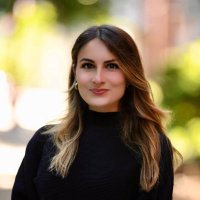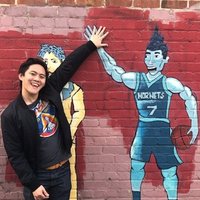
Emma West
@_emmarosewest
Co-founder + CTO of DigitalBiology
ID:387143198
08-10-2011 15:00:01
400 Tweets
1,5K Followers
1,0K Following
Follow People



One more BIG thanks to Josie Kishi, Sinem Saka, Ninning Liu, and Peng Yin who laid the foundation for this work over many years. So awesome working with you at Wyss Institute and Harvard Medical School!

This is absolutely wild work! Using light to print DNA barcodes which then act as GPS tags that can be read in situ 🤯 Taking spatial biology to the next level! Can't wait to see what's next for this tech! 👏 Josie Kishi Emma West Sinem Saka and team!




One more BIG thanks to Josie Kishi, Sinem Saka, Ninning Liu, and Peng Yin who laid the foundation for this work over many years. So awesome working with you at Wyss Institute and Harvard Medical School!

Check out links to raw data, GitHub, and user-friendly protocols on protocols.io, all linked on lightseq.io!
Thanks to NIH, HHMI NEWS, Wyss Institute, CZI Science at Chan Zuckerberg Initiative for funding this project!







Light-Seq detected >24,000 genes ‼️ and recovered thousands of layer-specific biomarkers, consistent with existing single-cell RNA sequencing data.
Quick S/O to Paula Montero-Llopis + MicRoN Core for the amazing microscopy resources!












